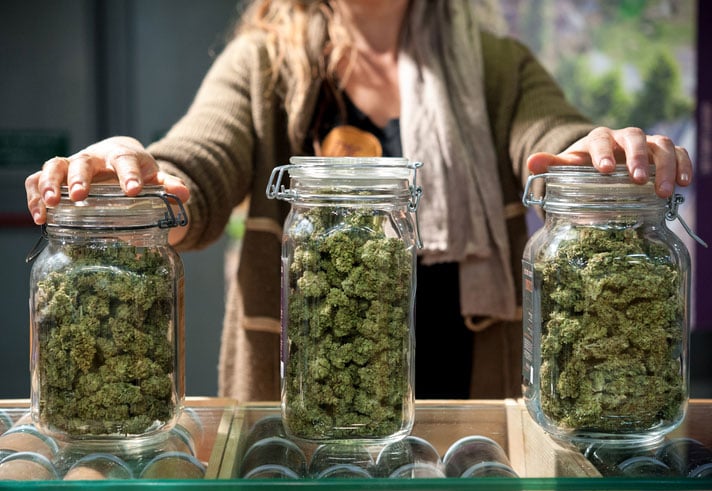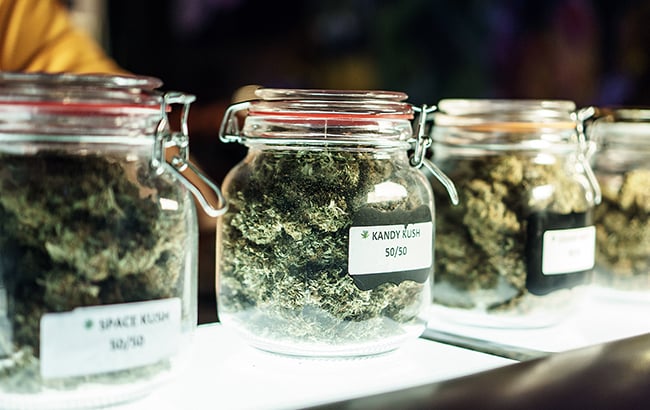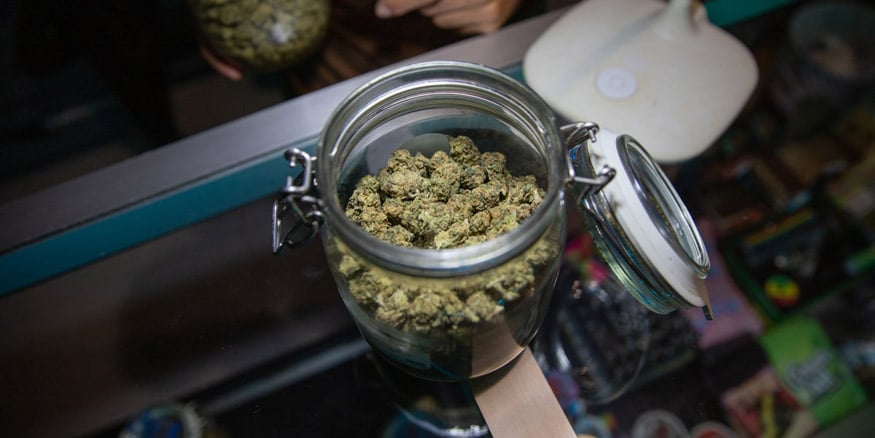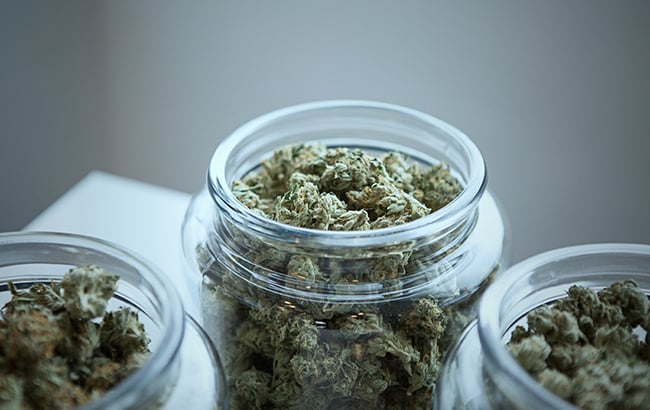
Curing marijuana is the step that takes your harvest from just dried weed to top-shelf buds. Once the plants are cut and the initial moisture is gone, the curing process starts working on the inside of the flower. This slow stage lets chlorophyll break down, smooths out the smoke, and locks in the terpenes and cannabinoids that give each cultivar its flavor and effect. Think of it as the difference between something that’s just “done” and something that’s ready to shine. Drying gets your buds safe from mold, but curing brings out the taste, smell, and potency that make all the work in the grow room worth it.
Why Curing is Critical After Drying
Drying and curing often get lumped together, but they play very different roles. Drying is all about pulling off that surface moisture so your buds don’t mold. Curing takes it further by letting the remaining moisture move from the core of the bud to the outside at a steady pace. During this time, chlorophyll breaks down, which gets rid of that harsh grassy taste. Terpenes and cannabinoids also stabilize, making the smoke smoother and more flavorful. Skip curing and you’ll still have smokable weed, but it won’t deliver the same taste, aroma, or potency that comes from giving your harvest the extra time it deserves.
Supplies Needed for Curing Cannabis
You don’t need a lot of gear to cure your buds properly, but the right tools make a big difference. Airtight glass jars, like mason jars, are the standard since they seal well and don’t mess with flavor. A small digital hygrometer inside one of the jars helps you keep track of humidity levels, which should stay around 58 to 62 percent. Humidity packs, such as Boveda or Integra, are handy for stabilizing moisture if things drift too high or low. With jars, a hygrometer, and optional packs, you’ll have everything you need to cure your buds like a pro.
Step-by-Step: How to Cure Marijuana Properly
Curing takes patience, but the process is simple when you follow a few steady steps:
Step 1: Place dried buds in airtight glass jars
Once the small stems snap cleanly, clip the buds off the branches and place them loosely in jars (or anything with an airtight lid). Don’t pack them too tight or they won’t breathe.

Step 2: Store in a cool, dark place
Keep the jars out of light and away from heat. A cupboard or closet works well.
Step 3: Monitor humidity with a hygrometer
Check that the relative humidity inside the jars stays between 55 and 65 percent.
Step 4: Burp jars daily during week 1
Open each jar once a day for a few minutes. This lets built-up gases out and brings in fresh air.

Step 5: Reduce burping in weeks 2–4
After the first week, you can cut back to burping every two or three days as the buds stabilize.
Step 6: Check for mold or off smells
Give your buds a quick sniff. A sour or ammonia-like odor means they’re too wet and need more time outside the jar.
Follow this routine for at least two to four weeks, and you’ll end up with smoother, tastier, more potent cannabis.
Best Practices for Curing Marijuana
A good cure comes down to patience and consistency. Keep the jars in a spot that stays cool and dark, since heat and light break down THC and terpenes. Aim for slow and steady moisture movement, not quick fixes.
If humidity drops too low, the buds can lose flavor and aroma. If it climbs too high, you risk mold.
Humidity packs help keep things stable, but always trust your senses too. Smell and touch can tell you a lot. The longer you let the cure run, the more depth you’ll notice in taste and smoothness, with many growers finding the sweet spot around eight weeks.
Common Mistakes to Avoid
Rushing the process is the biggest mistake growers make. Throwing buds in jars before they’re fully dry can trap moisture and lead to mold. On the other hand, drying them out too much before curing can leave you with brittle buds that never regain their aroma or smoothness. Using plastic bags or containers that aren’t airtight is another problem, since they don’t protect flavor and can mess with moisture levels. Light exposure is another common slip, as UV rays slowly break down cannabinoids and terpenes. Stick to airtight jars, steady conditions, and patience, and you’ll avoid most of these pitfalls.
How to Know When Your Cannabis is Fully Cured
You’ll know your buds are fully cured when all the little signs line up. The smoke should feel smooth on the inhale without that harsh, grassy bite. The aroma will shift from faint or leafy to a strong, pungent scent that matches the cultivar’s natural profile. Buds should feel dry on the outside but still have a little bounce when you squeeze them, showing the moisture is balanced. Stems inside the jar will snap cleanly instead of bending. When you hit that point, your cannabis is cured and ready for long-term storage or to enjoy.
Storing Cured Cannabis Long-Term
Once your buds are cured, the way you store them makes a big difference in how long they stay fresh. Airtight glass jars are still the best option, but for long-term storage, look for jars that block out light or keep them in a dark cupboard. Light and heat break down THC over time, so a cool, dark place is ideal. Vacuum sealing can extend shelf life even further, but don’t freeze your buds since that can damage trichomes. Properly stored cannabis can hold its flavor and potency for six months to a year, letting you enjoy your harvest long after curing is done.
FAQs
Can you cure marijuana too long?
Yes. After several months, THC can slowly degrade, and buds may lose potency. Most growers find two to three months is the sweet spot.
What happens if you don’t cure cannabis?
You’ll still have smokable weed, but it will taste harsher, smell weaker, and won’t bring out the full potential of the terpenes and cannabinoids.
Can I cure weed without jars?
Glass jars are the standard, but other airtight, food-safe containers can work. The key is keeping humidity stable and air exposure minimal.
How long should I cure my buds?
At least two weeks, but most growers prefer four to eight weeks for better flavor and smoother smoke.
What’s the best humidity for curing cannabis?
Keep jars at 55 to 65 percent relative humidity. This keeps buds fresh, prevents mold, and preserves terpenes.









